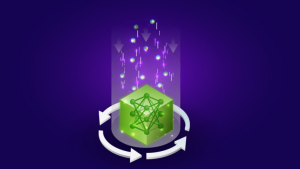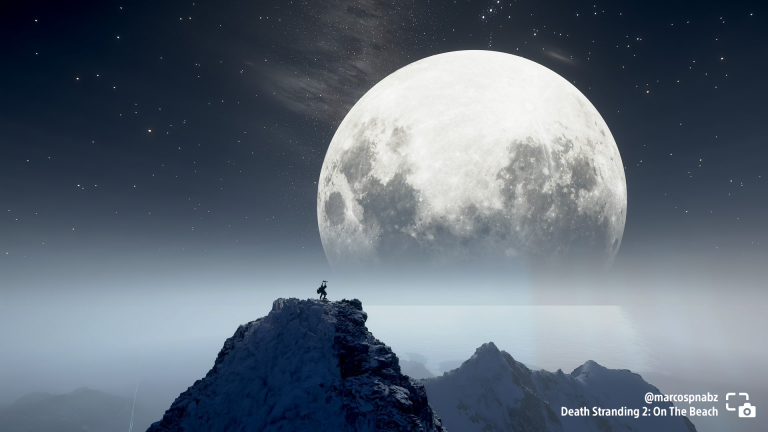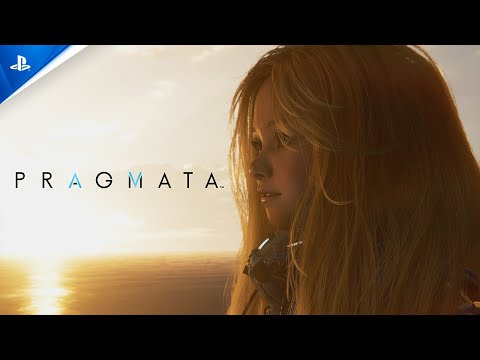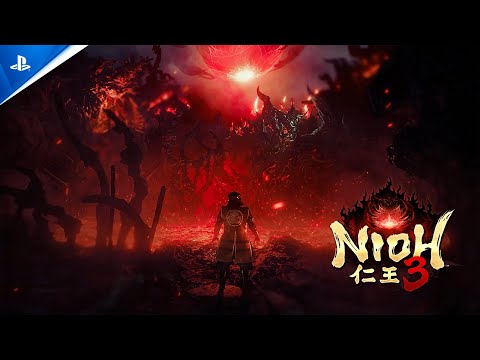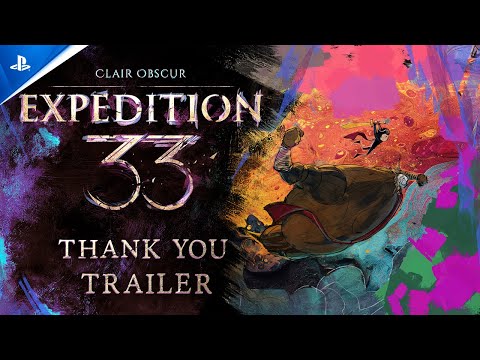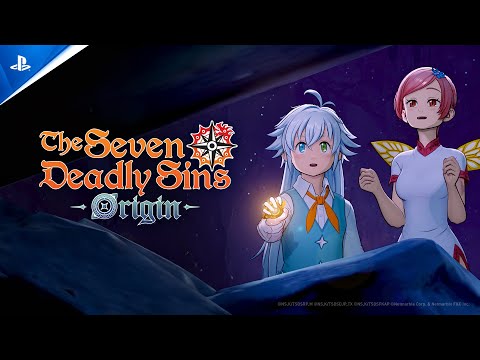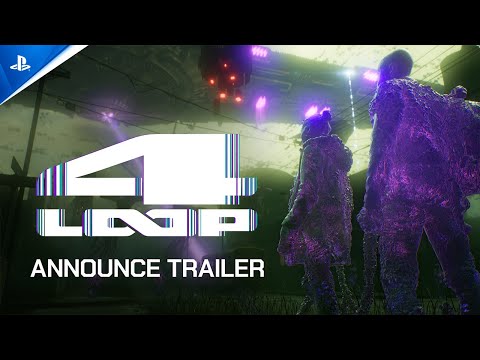Editor’s note: This post is part of our In the NVIDIA Studio series, which celebrates featured artists, offers creative tips and tricks, and demonstrates how NVIDIA Studio technology improves creative workflows. We’re also deep diving on new GeForce RTX GPU features, technologies and resources, and how they dramatically accelerate content creation.
Every month brings new creative app updates and optimizations powered by the NVIDIA Studio platform — supercharging creative processes with NVIDIA RTX and AI.
RTX-powered video editing app CyberLink PowerDirector now has a setting for high-efficiency video encoding (HEVC). 3D artists can access new features and faster workflows in Adobe Substance 3D Modeler and SideFX: Houdini. And content creators using Topaz Video AI Pro can now scale their photo and video touchups faster with NVIDIA TensorRT acceleration.
The August Studio Driver is ready to install via the NVIDIA app beta — the essential companion for creators and gamers — to keep GeForce RTX PCs up to date with the latest NVIDIA drivers and technology.
And this week’s featured In the NVIDIA Studio artist Stavros Liaskos is creating physically accurate 3D digital replicas of Greek Orthodox churches, holy temples, monasteries and other buildings using the NVIDIA Omniverse platform for building and connecting Universal Scene Description (OpenUSD) apps.
Discover the latest breakthroughs in graphics and generative AI by watching the replay of NVIDIA founder and CEO Jensen Huang’s firechat chats with Lauren Goode, senior writer at WIRED, and Meta founder and CEO Mark Zuckerberg at SIGGRAPH.
There’s a Creative App for That
The NVIDIA NVENC video encoder is built into every RTX graphics card, offloading the compute-intensive task of video encoding from the CPU to a dedicated part of the GPU.
CyberLink PowerDirector, a popular video editing program that recently added support for RTX Video HDR, now has a setting to increase HEVC with NVIDIA NVENC HEVC Ultra-High-Quality mode.
The new functionality reduces bit rates and improves encoding efficiency by 55%, significantly boosting video quality. Using the custom setting, content creators can offer audiences superior viewing experiences.
Encoding efficiency jumps by 55% with just a few clicks.
Alpha exporting allows users to add overlay effects to videos by exporting HEVC video with an alpha channel. This technique can be used to create transparent backgrounds and rapidly process animated overlays, making it ideal for creating social media content.
With an alpha channel, users can export HEVC videos up to 8x faster compared with run-length encoding supported by other processors, and with a 100x reduction in file size.
Adobe Substance 3D Modeler, a multisurface 3D sculpting tool for artists, virtual effects specialists and designers, released Block to Stock, an AI-powered, geometry-based feature for accelerating the prototyping of complex shapes.
It allows rough 3D shapes to be quickly replaced with pre-existing, similarly shaped 3D models that have greater detail. The result is a highly detailed shape crafted in no time.
The recently released version 20.5 of SideFX: Houdini, a 3D procedural software for modeling, animation and lighting, introduced NVIDIA OptiX 8 and NVIDIA’s Shader Execution Reordering feature to its Karma XPU renderer — exclusively on NVIDIA RTX GPUs.
With these additions, computationally intensive tasks can now be executed up to 4x faster on RTX GPUs.
Topaz Video AI Pro, a photo and video enhancement software for noise reduction, sharpening and upscaling, added TensorRT acceleration for multi-GPU configurations, enabling parallelization across multiple GPUs for supercharged rendering speeds — up to 2x faster with two GPUs over a single GPU system, with further acceleration in systems with additional GPUs.
Virtual Cultural Sites to G(r)eek Out About
Anyone can now explore over 30 Greek cultural sites in virtual reality, thanks to the immersive work of Stavros Liaskos, managing director of visual communications company Reyelise.
“Many historical and religious sites are at risk due to environmental conditions, neglect and socio-political issues,” he said. “By creating detailed 3D replicas, we’re helping to ensure their architectural splendor is preserved digitally for future generations.”
Liaskos dedicated the project to his father, who passed away last year.
“He taught me the value of patience and instilled in me the belief that nothing is unattainable,” he said. “His wisdom and guidance continue to inspire me every day.”
Churches are architecturally complex structures. To create physically accurate 3D models of them, Liaskos used the advanced real-time rendering capabilities of Omniverse, connected with a slew of content-creation apps.
The OpenUSD framework enabled a seamless workflow across the various apps Liaskos used. For example, after using Trimble X7 for highly accurate 3D scanning of structures, Liaskos easily moved to Autodesk 3ds Max and Blender for modeling and animation.
Then, with ZBrush, he sculpted intricate architectural details on the models and refined textures with Adobe Photoshop and Substance 3D. It was all brought together in Omniverse for real-time lighting and rendering.
Interior rendering of the Panagia Xrysospiliotissa Church in Nicosia, Cyprus.
For post-production work, like adding visual effects and compiling rendered scenes, Liaskos used OpenUSD to transfer his projects to Adobe After Effects, where he finalized the video output. Nearly every element of his creative workflow was accelerated by his NVIDIA RTX A4500 GPU.
Interior scene of the Church of Saint Basil on Metsovou Street in Athens.
Liaskos also explored developing extended reality (XR) applications that allow users to navigate his 3D projects in real time in virtual reality (VR).
First, he used laser scanning and photogrammetry to capture the detailed geometries and textures of the churches.
Then, he tapped Autodesk 3ds Max and Maxon ZBrush for retopology, ensuring the models were optimized for real-time rendering without compromising detail.
After importing them into NVIDIA Omniverse with OpenUSD, Liaskos packaged the XR scenes so they could be streamed to VR headsets using either the NVIDIA Omniverse Create XR spatial computing app or Unity Engine, enabling immersive viewing experiences.
“This approach will even more strikingly showcase the architectural beauty and cultural significance of these sites,” Liaskos said. “The simulation must be as good as possible to recreate the overwhelming, impactful feeling of calm and safety that comes with visiting a deeply spiritual space.”
Follow NVIDIA Studio on Instagram, X and Facebook. Access tutorials on the Studio YouTube channel and get updates directly in your inbox by subscribing to the Studio newsletter.
Stay up to date on NVIDIA Omniverse with Instagram, Medium and X. For more, join the Omniverse community and check out the Omniverse forums, Discord server, Twitch and YouTube channels.


